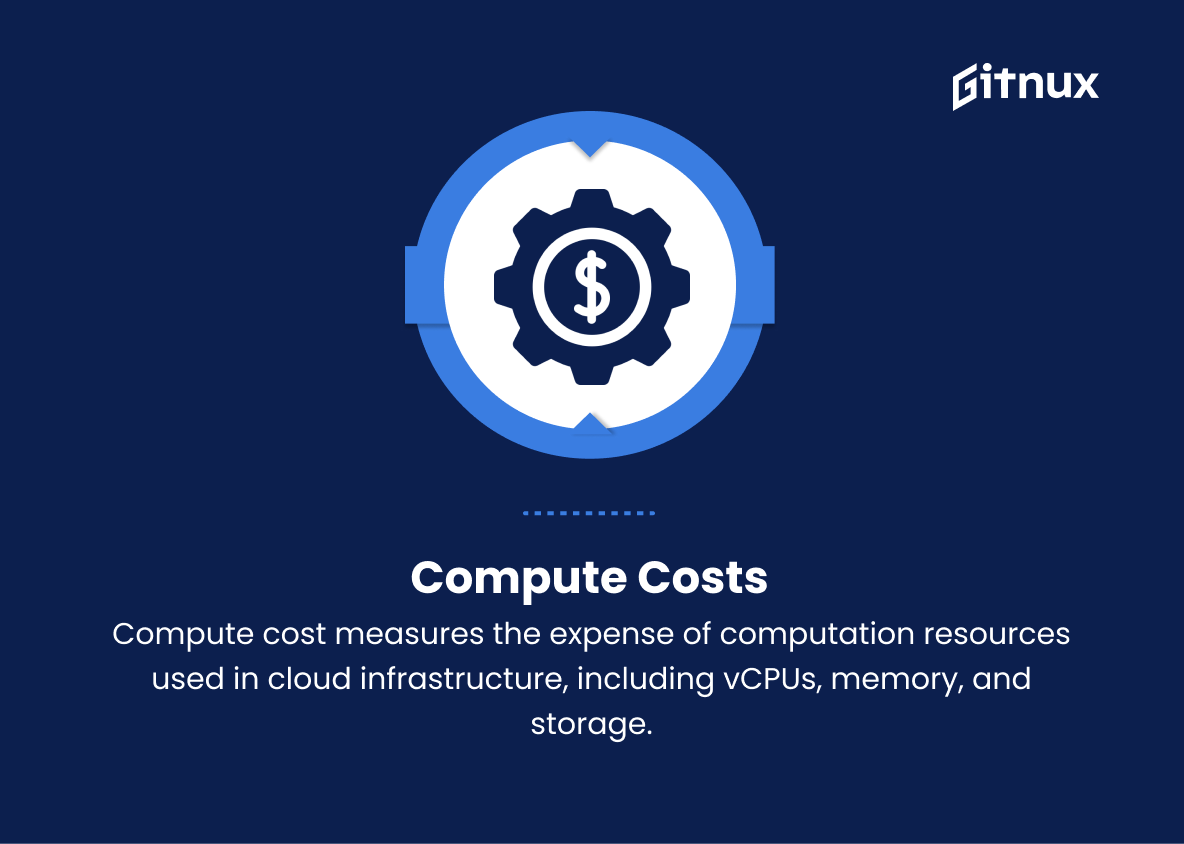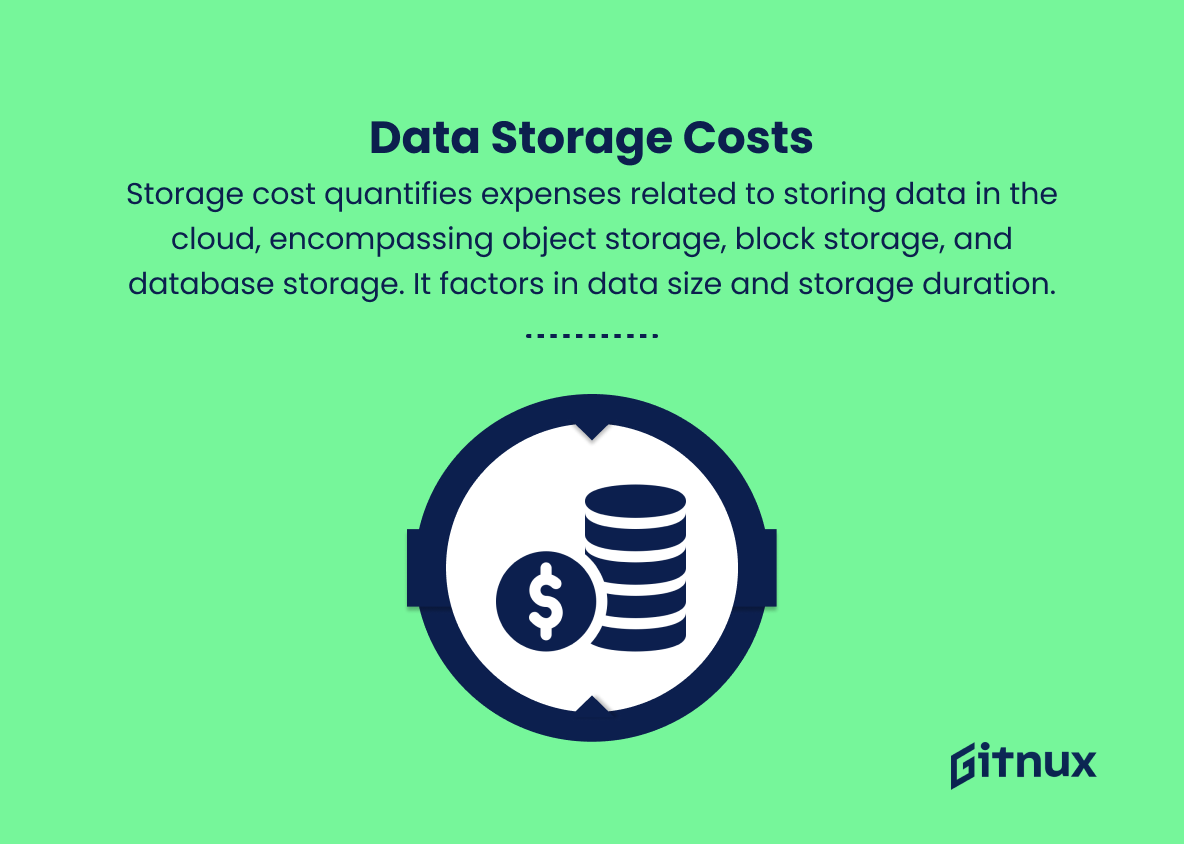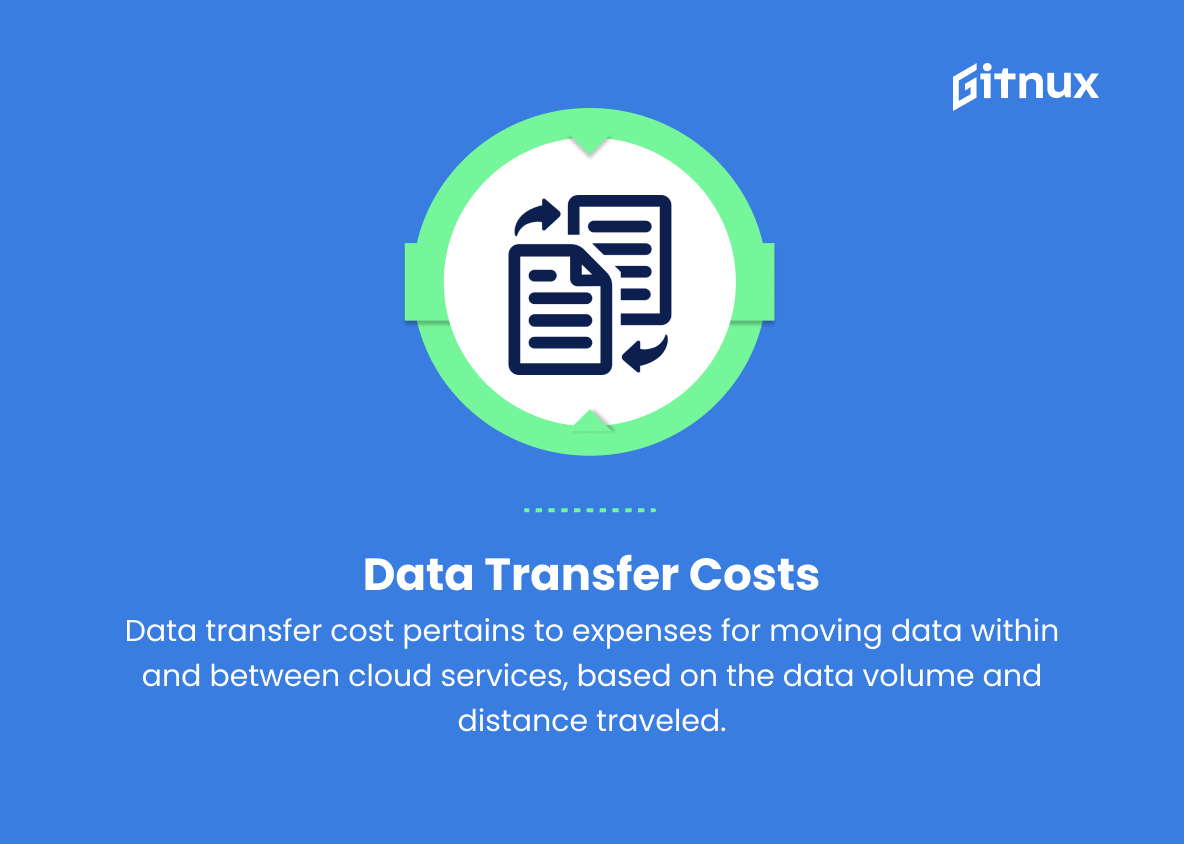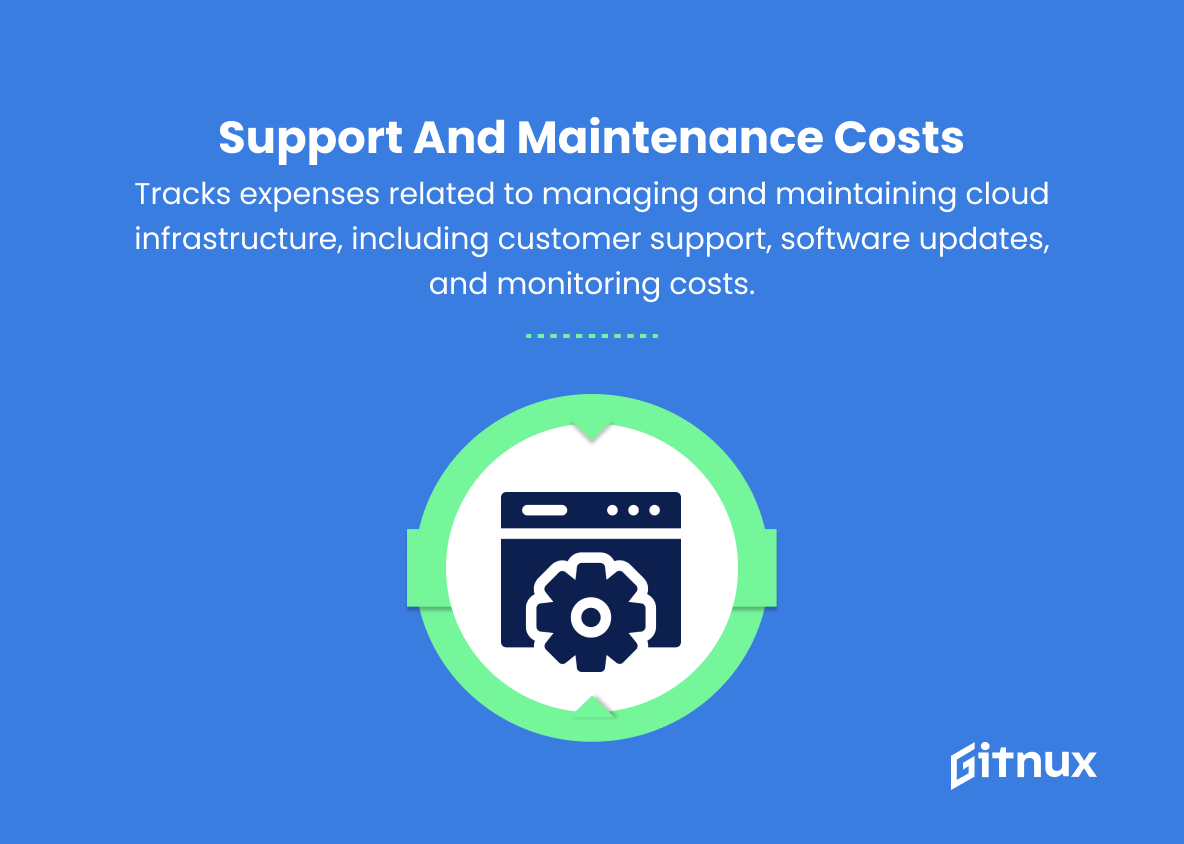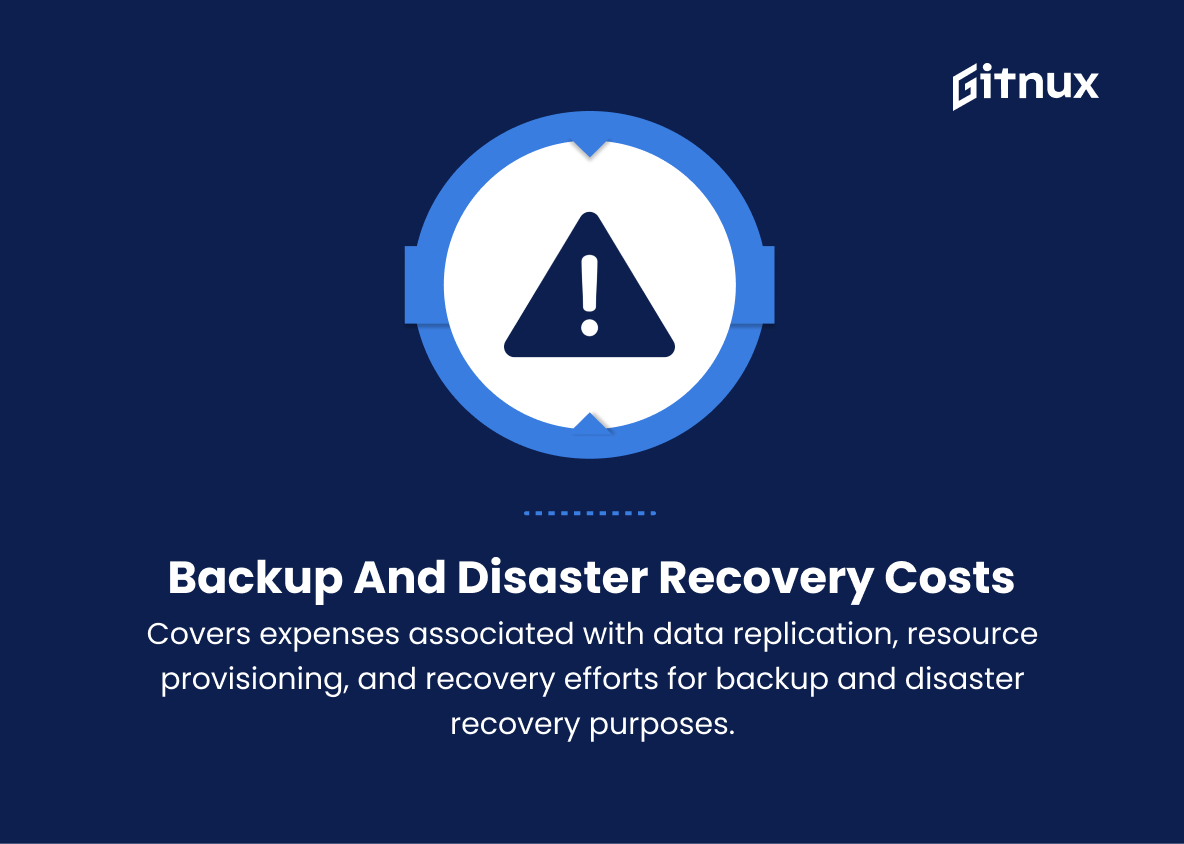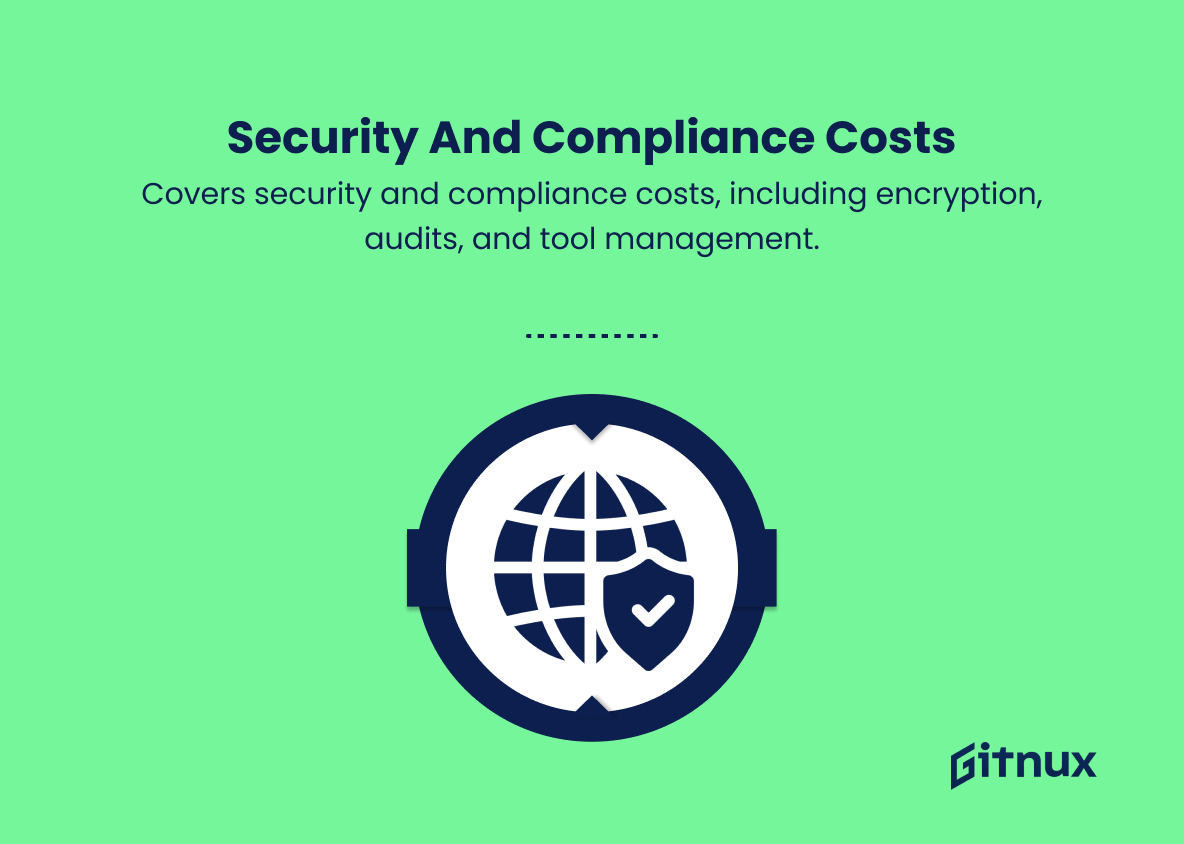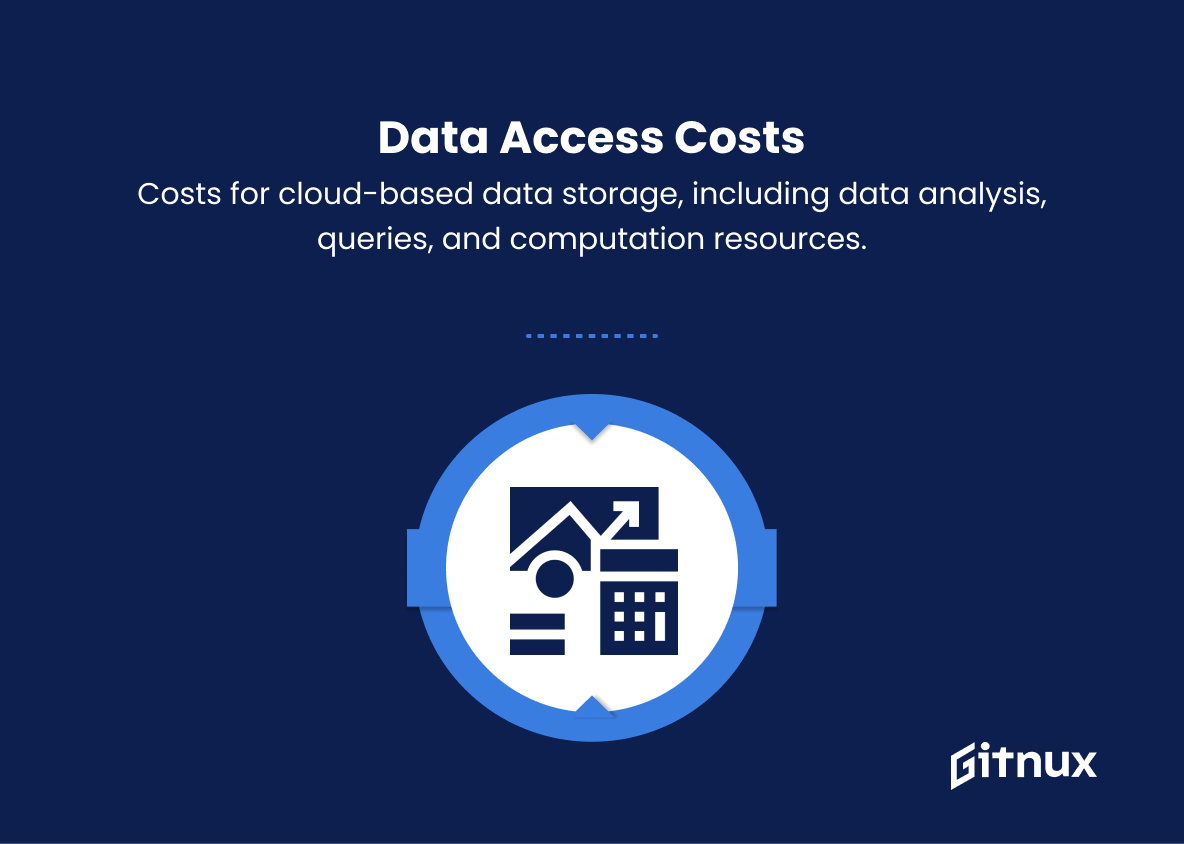In today’s rapidly evolving digital landscape, cloud computing has emerged as an essential tool for businesses worldwide. With its ability to streamline operations, enhance scalability, and minimize infrastructure costs, organizations are increasingly leveraging the power of the cloud to maintain a competitive edge. However, as cloud adoption soars, the critical challenge of navigating cloud usage costs metrics has come to the forefront.
This blog post delves deep into the complexities of understanding, analyzing, and optimizing cloud usage cost metrics, empowering you with the knowledge required to manage cloud expenditures effectively, and ultimately, drive business success in this ever-changing environment.
Cloud Usage Cost Metrics You Should Know
1. Compute costs
Measures the cost of computation resources consumed by your cloud infrastructure, such as virtual machines, containers, or serverless resources. This cost generally includes virtual CPU cycles (vCPUs), memory, and storage.
2. Data storage costs
Represents the cost of storing data in the cloud, including object storage, block storage, and databases. This metric typically considers both the size of stored data and the duration it is kept in the cloud.
3. Data transfer costs
Measures the cost of moving data within and across cloud services, such as between data centers, storage services, and compute instances. This metric considers the amount of data transferred and the distance between the data source and destination.
4. Network costs
Covers the cost of the infrastructure required for cloud services to communicate with each other and the internet. This includes virtual private networks (VPNs), content delivery networks (CDNs), and network load balancers.
5. License costs
Represents the cost of using paid third-party software within the cloud environment. This may include software licenses for database management systems, security tools, or application frameworks.
6. Support and maintenance costs
Measures the cost of hiring cloud service providers or in-house teams to manage, maintain, and troubleshoot the cloud infrastructure. This metric usually covers expenses related to customer support, software updates, and regular monitoring of the infrastructure.
7. Backup and disaster recovery costs
Includes the cost of replicating data and provisioning resources for backup and disaster recovery purposes. This metric considers both the amount of data and resources stored in a secondary location, as well as the cost of activating those resources during a recovery event.
8. Security and compliance costs
Refers to the cost of implementing security measures and adhering to regulatory compliance standards. This metric takes into account the expenses related to encryption, vulnerability assessments, audits, and the management of security tools.
9. Cloud management costs
Encompasses the cost of tools and services used to facilitate the deployment, monitoring, and optimization of cloud resources. This may include the expenses associated with cloud management platforms, automation tools, and dedicated cloud administrators.
10. Data access costs
Measures the cost of using cloud-based data storage services, such as data warehouse solutions, analytics platforms, or data processing services. This metric typically includes charges for the number of queries performed, the amount of data analyzed, and the computation resources used to process the data.
Cloud Usage Cost Metrics Explained
Cloud usage cost metrics are crucial for understanding and optimizing the expenses associated with running a cloud infrastructure. Compute costs measure the cost of resources consumed during computation, such as vCPUs, memory, and storage. Data storage costs represent the expenses related to storing data in various formats, while data transfer costs measure the cost of moving data within and across the cloud. Network costs cover the infrastructure investments necessary for communication between cloud services and the internet. License costs reflect expenditures on third-party software used within the cloud environment, and support and maintenance costs capture the ongoing expenses of cloud management.
Backup and disaster recovery costs focus on the expenses for data replication and resource provisioning to ensure business continuity. Security and compliance costs address the implementation of safety measures and regulatory adherence, while cloud management costs outline the expenses for tools and services used to manage cloud resources effectively. Lastly, data access costs measure the cost of cloud-based data storage services and computations, essential for efficient data processing and analysis. Overall, these metrics help organizations monitor and optimize their cloud infrastructure investments, ensuring cost-effective usage and delivery of services.
Conclusion
In closing, effectively managing cloud usage cost metrics is crucial for businesses to optimize their investments in cloud services. By monitoring, analyzing, and optimizing these metrics, companies can ensure they are getting the most value out of their cloud usage.
The key is to stay vigilant and continually review cost data, making adjustments when necessary to maximize benefits and minimize expenses. With informed decision-making and strategic resource allocation, businesses can strike the perfect balance between cloud service utilization and cost effectiveness, ultimately driving success in today’s increasingly digital and cloud-driven world.
